Negative reviews are an unfortunate but common occurrence for all industries.
Around 91% of younger customers trust reviews and treat them as personal recommendations
Businesses should prioritize responding to these reviews, especially negative ones.
Approximately 53% of customers expect a response within a week, and 94% might avoid a business altogether due to negative feedback.
This article explores how to respond to negative and fake reviews, including best practices and much more.
Should You Respond to Negative Reviews?
In a nutshell, yes.
Responding to all online reviews, especially negative ones, is essential as over 67% of customers decide whether to buy based on these reviews.
Speaking of which, 70% of customers read at least four reviews before considering a purchase.
Seeing a business respond to these reviews can significantly influence their decision to buy.
Customers generally leave negative reviews due to three main reasons:
- They are uninformed
- You failed to deliver the promised
- They have unreasonably high expectations
While complaints may vary and require different responses, addressing all negative reviews promptly and effectively can win back customers and possibly earn a second chance.
Additionally, responding shows potential customers that you value their experience and opinions, which can mitigate the impact of negative reviews
Negative Review Response Practices
1. Personalization
When dealing with negative feedback, It's crucial to show customers, especially dissatisfied ones, that you've carefully read and considered their reviews.
Always respond directly with a thoughtful, personalized message that addresses their specific concerns. For example:
"Hello (customer name). I am (name and position at the company). I wanted to thank you for taking the time to write this review and point out the negative aspects you have experienced. I want to apologize on behalf of the company for (insert what the customer is dissatisfied about). I would greatly appreciate you speaking to us about your experience in more detail so that we can find the right solution. If you would like to talk to us further, we would greatly welcome you to reach out to us at (phone number)."
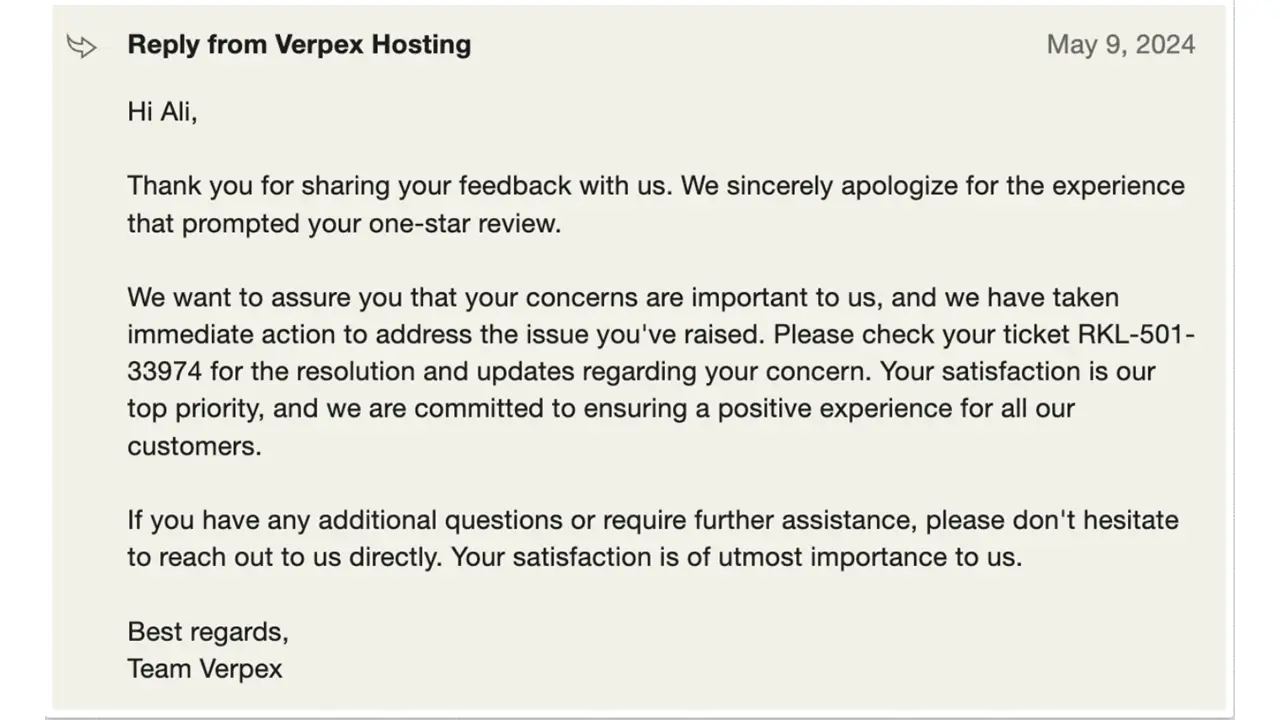
2. Gratitude and acknowledgment
It's important to remain rational and objective when responding to reviews, even hurtful ones.
In every response, thank the customer for their feedback, acknowledge their experience, and show that you understand their perspective.
This approach can help change their opinion and demonstrate to potential customers that you value their feelings and opinions.
You can write something like:
"Hello (customer name). We apologize for your dissatisfactory experience with us. It is entirely understandable why you would feel this way. We want to do everything possible to correct this on our part and make sure you never feel this way again. If you would please contact us at (phone number) to try and fix this as soon as possible, we would greatly appreciate it!"
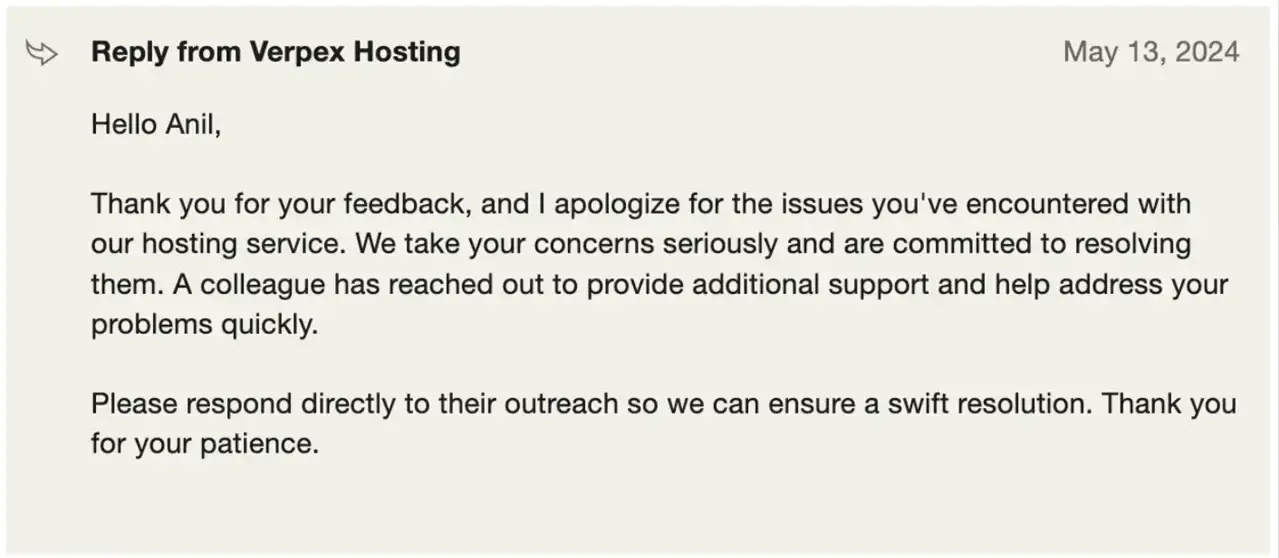
3. Apologies and regrets
In every response, include an apology, even if you disagree with the feedback.
A brief, sincere apology shows all customers that you value their experience and are committed to improving.
Consistently taking the high road and being kind will benefit your business long-term and can positively shift customer perceptions.
Consider something like this:
“Hello (customer name)! We are deeply sorry that your experience with us was unsatisfactory and did not meet your expectations. We would kindly ask you to contact us at (phone number) so that we can make this right."
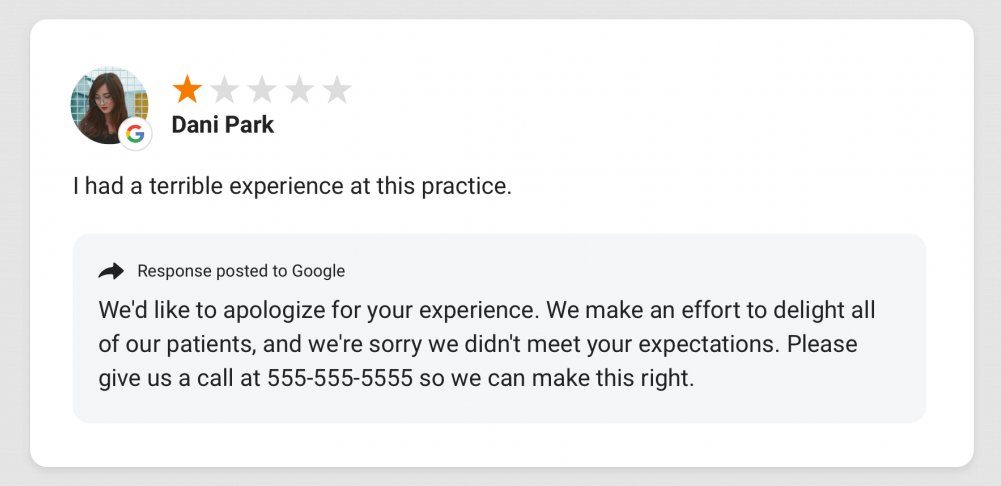
4. Responsibility & Standards Maintenance
Avoid making excuses in your responses. Dissatisfied customers don't want to hear them and will appreciate you taking responsibility instead of getting defensive.
Even if a negative experience wasn't your fault, always take the high ground. Remember, customers can easily choose another business.
Emphasize your commitment to high standards in every response. For example:
“Hello (customer name)! We at (business name) want to offer our sincere apologies for your negative experience. We always work toward providing the best service to all of our customers. On the rare occasions where we fail, this situation being one of them, we do everything within our power to correct any mistakes and issues that occur. We are committed to improving our services and would appreciate it if you would contact us at (phone number) to make things right!"
5. Suggest a solution to fix
Always provide a solution like a refund, discount, or free replacement.
Your goal is to fix the issue and turn the situation around.
This can encourage the customer to give you another chance and maybe even change their review to positive.
If they don’t, respond with genuine regret and show you want to prevent it from happening again.
“Hello (customer name)! We at (business name) want to offer our sincere apologies for your negative experience. We always work toward providing the best service to all of our customers. On the rare occasions where we fail, this situation being one of them, we do everything within our power to correct any mistakes and issues that occur. We are committed to improving our services and would appreciate it if you would contact us at (phone number) to make things right!"
6. Reassurance that the situation will not happen again
In your response, assure the customer that the issue won't happen again and that you are committed to preventing similar problems. You could say:
"Hello (customer name)! We are sorry that your experience was negative and unsatisfactory. We promise to do everything in our power to prevent this issue from happening again in the future. if you have some advice on how we can accomplish this, we are more than happy to hear from you at (phone number) and sort this out!"
7. Direct contact (not in public)
Always offer the customer a chance to contact you offline and discuss their negative experience more in-depth.
Of course, make this suggestion subtly so that you don't come off as wanting to hide negative interaction. You can write something like:
"Hello (customer name)! We are sorry to hear about your experience and want to investigate this issue further to provide the most suitable solution for you. If you would like to discuss this further, please get in touch with us at (phone number) or at (email address), whichever is more convenient for you. We would greatly appreciate hearing from you and making this right!"
8. Invitation/second chance
Invite the customer to discuss their experience further to find a suitable solution. This could encourage them to reconsider their view of your business.
It will also make the customer feel heard and valued on your part, which is essential.
For example:
"Hello (customer name)! We are sorry to hear about your unsatisfactory experience and would like to do everything in our power to rectify it! We would greatly appreciate you contacting us at (phone number) and helping us to make this right!"
9. Follow-Up After Resolution
After resolving the customer's issue, it's essential to follow up to ensure their satisfaction and show that you care about their experience.
This extra step can turn a negative review into a positive one and build long-term loyalty.
For example:
"Hello (customer name). Thank you for allowing us the opportunity to resolve your issue. We hope you are satisfied with the solution. Please feel free to reach out if there is anything else we can assist you with. Your feedback is invaluable to us, and we look forward to serving you better in the future."
10. Highlight Improvements Made
In your response, mention any changes or improvements you've made as a result of customer feedback.
This shows that you take feedback seriously and are committed to continuous improvement.
You might say:
"Hello (customer name). We are sorry for the inconvenience you experienced. Your feedback has led us to implement (specific change or improvement) to prevent similar issues in the future. We appreciate your input and would be grateful if you could give us another chance. Please contact us at (phone number) so we can make things right."
How to Respond to Negative Reviews: Tips
Timing and Regularity: Respond quickly, ideally within a week, to prevent negative feelings from intensifying. Prioritize prompt replies to address customer concerns effectively.
Providing managers in charge: When responding to customers, mention your role in the company or direct them to the appropriate authority responsible for addressing their concerns.

Use Response Templates: Implement templates and standards for responses to ensure consistency, quickness, and ease for employees handling reviews.
Always address the customer: Addressing customers directly makes them feel valued and keeps them engaged. This approach can also change their minds and encourage them to give your business a second chance.
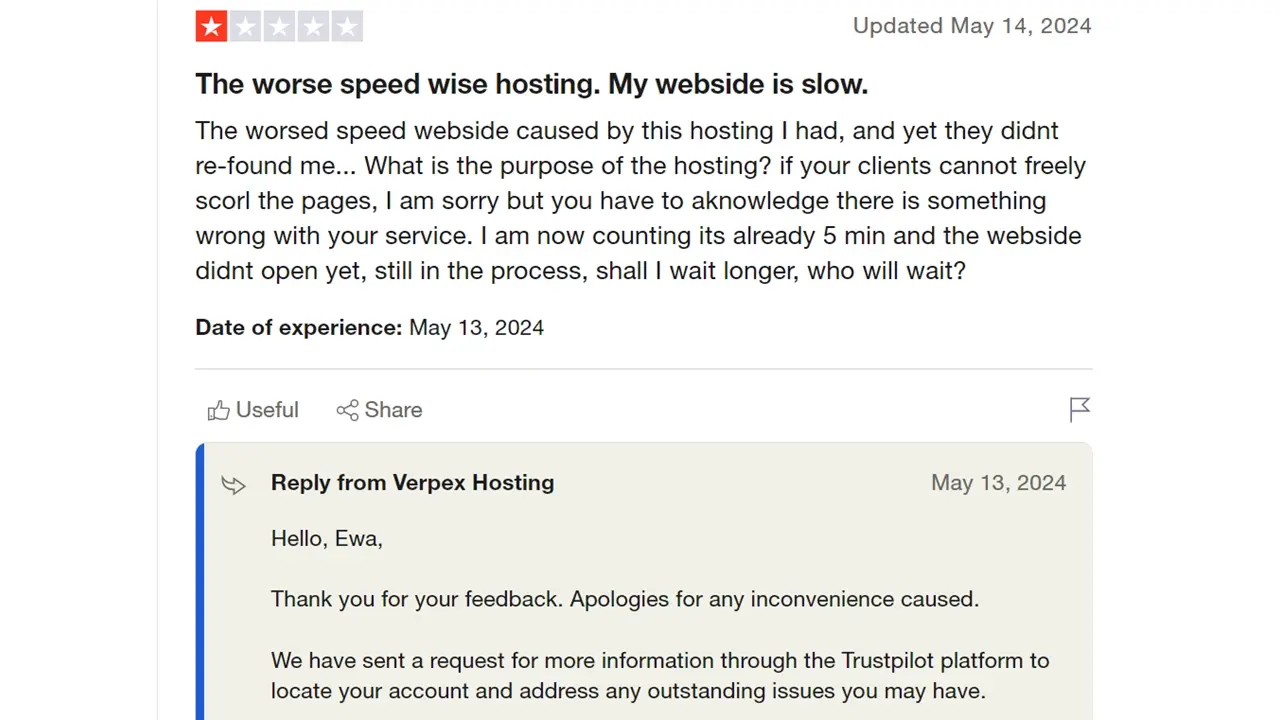
Keep a cool head when responding: Respond calmly to negative reviews to avoid appearing defensive. A hostile response can deter other customers and harm your online reputation, which is more important than a single upsetting review.
Keep responses short: Keep your responses brief as most customers won't read lengthy explanations. Instead, offer to discuss the issue further offline and assure them you'll do your best to resolve it.
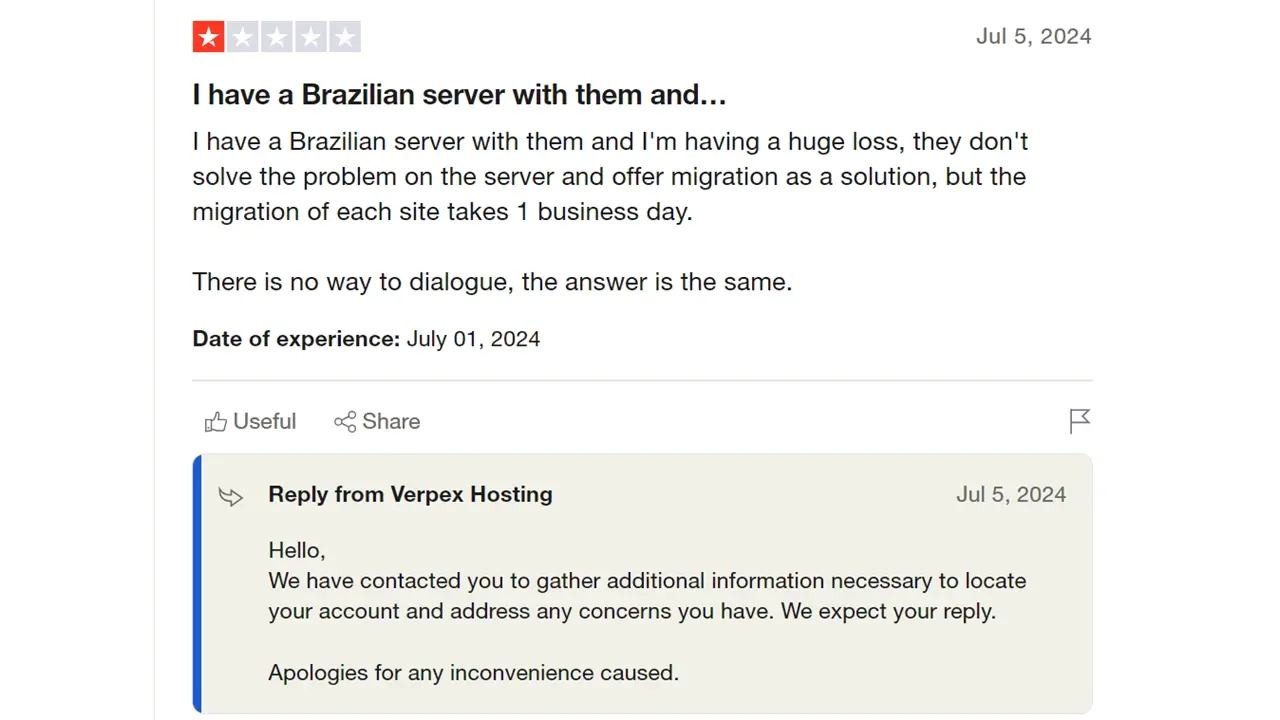
Get help: if you don't have the time or resources to reply to all reviews, it can be a good idea to engage the support of a managed service provider or other staff.
Explain the situation from your point of view: Explain the situation clearly without making excuses to help customers understand the context behind their experience.
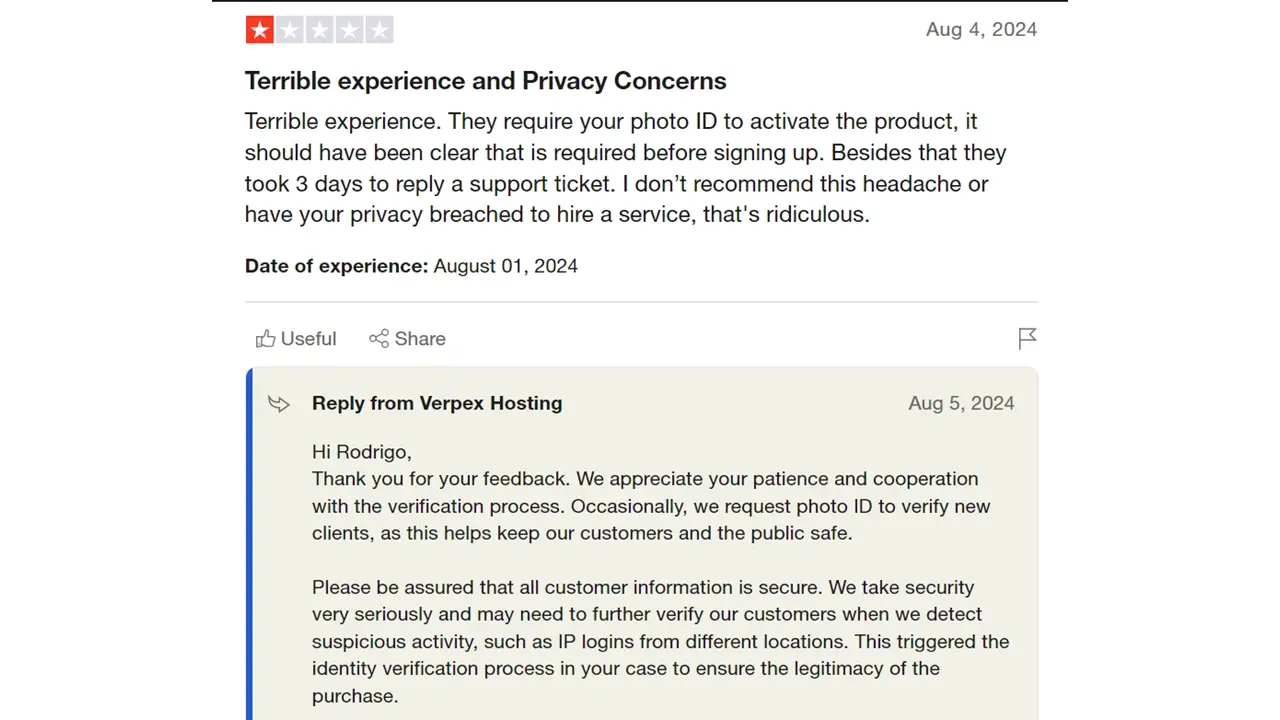
What Not to Do When Responding to Negative Reviews
No identical review: While templates are helpful, personalize each response to make customers feel that your reply is genuine and tailored specifically for them.
Don't tell customers they're wrong: Correcting a customer's feelings or disputing their experience can invalidate them and deter others who read your response. It's important to avoid this approach in your replies.
Do not be sarcastic or condescending: Using sarcasm or condescending language in responses can damage your business's reputation. It suggests you think you're superior and don't take criticism seriously, which may deter customers from doing business with you.
Never assume anything: Take the review at face value. Even if you assume some things that could have had something to do with the customer's negative experience, do not include them in your response
Make sure not to miss the point: Understand the customer's reason for their review and respond with a specific solution to their issue, not just a generic fix that might seem superficial.
Do not ignore the review: Ignoring negative reviews can make customers feel unheard and unvalued. It also suggests to potential customers that you don’t care about feedback or improving your services.
Avoid using defensive language: Responding defensively can escalate the situation and make the customer feel attacked. Instead, approach the feedback with a calm and constructive tone.
Do not make excuses: Making excuses for poor service or a bad experience can come off as avoiding responsibility. Acknowledge the issue and focus on how you plan to address it.
Never offer a solution without an apology: Offering a solution without first apologizing for the customer’s negative experience can seem insincere. Always start with a genuine apology before suggesting any fixes.
Do not take too long to respond: Delayed responses can further frustrate an already unhappy customer. Aim to respond promptly to show that you value their feedback and are committed to resolving their issue quickly.
How to Respond to Fake Reviews
Firstly, you should verify that the review is fake by checking for the reviewer's name in your database or seeing if they've done the same review for other businesses.
After cross-checking, acknowledge the review and address the issues mentioned to demonstrate your commitment to customer opinions.
Then, report the review to the platform. Keep in mind however that removal might take time and isn't guaranteed.
For example, you can write:
"Thank you for your review. We want to apologize for any inconvenience you have encountered with our company. Feel free to contact us at (phone number) to further elaborate on your experience so that we can make it right."
Niche Examples of Negative Review Responses

Response to a negative hotel review:
"Hello (customer name). Thank you for writing about your experience at (hotel name). We want to sincerely apologize for the lack of clean sheets, as this is something we pay a lot of attention to. We at (hotel name) always strive to provide the best quality service to our customers, but we clearly performed below our standards in this case. We take your experience very seriously and have discussed it thoroughly with the responsible parties to ensure it doesn't happen again."
Response to a negative restaurant review:
"Dear (customer name). We at (restaurant name) would like to offer our apologies for the inconvenience you've experienced at our breakfast service. We are so sorry to hear that the meal you ordered was cold and of bad taste. We have communicated the issue to our chef, and he also extends his deepest apologies for the issue. We will make sure to improve the quality of our breakfast service and that this never happens again."
Response to a negative online shop review:
"Hello (customer name). We sincerely apologize for the negative experience you had with our shop. We are truly sorry that your shopping cart was not saved and all your items were lost. We have been experiencing some technical issues as of late with the cart function. We are working to improve this section of our shop and have been discussing the issue with our IT department. We thank you for sharing your experience, and we promise to fix the issue as soon as possible."
Response to a negative financial services review:
"Dear (customer name). We are sorry to hear that your personal data got mixed up with someone else's, which led to making the wrong purchase on your behalf. It was a grave mistake on our part that we want to rectify immediately. Please get in touch with us at (phone number) so that we can deposit a full refund and discuss how we can make it up to you.
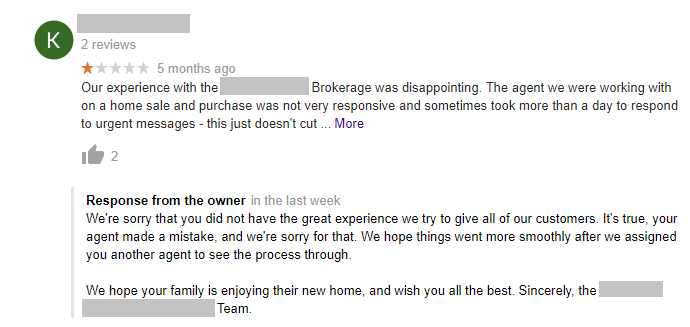
Response to a negative healthcare review:
"Dear (customer name). We sincerely apologize that you waited so long after your appointment was scheduled to see the doctor. This scheduling issue is completely unacceptable on our part. We did not intend in any way to be disrespectful of your time and put in a lot of effort to make sure this doesn't happen. Please know that we have discussed the issue in-depth and will ensure that this mishap never happens again. Feel free to contact us at (phone number) if you would like to discuss this issue further so that we can make it right."
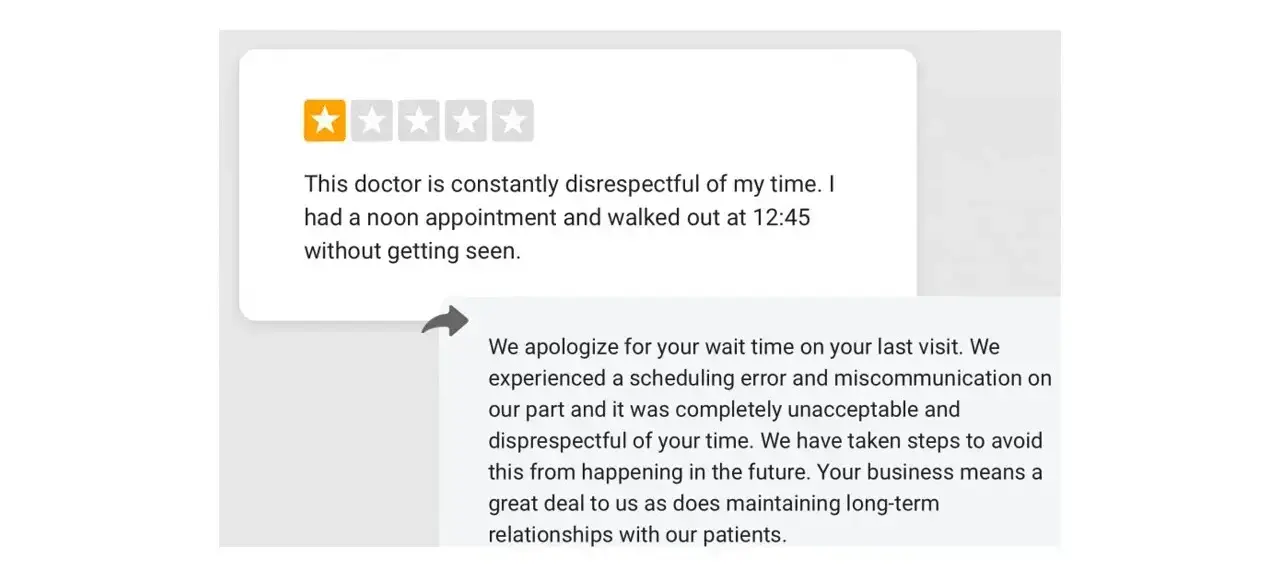
Response to a negative tech support review:
"Hello (customer name). We deeply apologize for the frustration you experienced with our tech support team. We are sorry to hear that your issue was not resolved promptly and that you faced delays in receiving assistance. Your feedback is invaluable, and we are currently reviewing our support processes to ensure faster and more effective responses in the future. Please reach out to us at (contact information) so we can address your concerns immediately."
Response to a negative educational services review:
"Dear (customer name). We are very sorry to hear about your dissatisfaction with our course content and instructor support. We strive to provide top-notch educational experiences, and it’s clear we fell short in your case. We are reviewing the course material and support structure to make necessary improvements. Please contact us at (email or phone number) so we can discuss your feedback further and find a suitable resolution."
Response to a negative transportation services review:
"Hello (customer name). We apologize for the inconvenience you faced during your recent ride with us. It’s unacceptable that the vehicle was not clean and that the driver was late. We are taking immediate steps to address these issues with our team. We appreciate your feedback and are committed to improving our service quality. Please contact us at (contact information) so we can discuss how to make it right for you."
Response to a negative fitness center review:
"Dear (customer name). We are sorry to learn that your experience at our fitness center was less than satisfactory. We apologize for the overcrowded gym and the unavailability of equipment. Your comfort and satisfaction are our priorities, and we are taking measures to improve equipment availability and manage member capacity better. Please feel free to contact us at (contact information) to discuss your concerns further and how we can enhance your experience."
Can You Pay to Remove Negative Reviews?
You can't always remove negative reviews, and reporting them doesn't guarantee deletion.
Instead, encourage satisfied customers to share their positive experiences.
Highlight these positive reviews on your social media to increase visibility.
Address customer complaints and continuously improve your service to enhance overall customer satisfaction.
This approach not only values customer feedback but also helps overshadow negative reviews, ensuring they aren't the first thing new customers see.
How to Respond to Neutral and Positive Reviews
- Neutral reviews: Acknowledge the customer and their review warmly, thank them for their time, and apologize for any negative experiences. Offer a solution to their issues and, if appropriate, explain the cause. Always be polite, validate their experience, show that their opinion matters, and invite them to try your business again.
- Positive reviews: Thank the customer for their review and express your appreciation for their satisfaction with your service. Subtly introduce new products, services, or promotions to further engage them. Emphasize how valuable their opinion is to you and assure them of your commitment to consistently provide quality service. Always personalize your response by using their name or username.
How to Create an Effective Review Response Template Library

Creating an effective review response template library can streamline your communication process and ensure consistent, professional, and personalized replies.
Here’s how to build a versatile template library:
1. Identify Common Scenarios
Start by categorizing the types of reviews you commonly receive, such as positive feedback, minor complaints, major issues, and queries.
This helps in creating specific responses for each category.
2. Craft Base Responses
Develop a base template for each category that addresses the core elements of a typical response, such as thanking the customer, acknowledging their experience, and offering a resolution.
3. Customization Guidelines
Include placeholders and instructions on how to personalize each template.
For example, spots for the customer’s name, details of their specific experience, and any personal touches that can be added based on the review content.
4. Clear Call to Action
Each template should have a clear call to action, such as inviting the reviewer to continue the conversation offline or providing contact information to resolve the issue.
5. Legal and Brand Check
Make sure all templates are vetted for legal compliance and brand consistency.
They should communicate the company’s voice and adhere to your overall customer service strategy.
6. Review and Update Regularly
Regularly review and update the templates to ensure they remain relevant and effective. Incorporate new learnings and feedback from customers to refine your responses.
7. Training Staff
Train your customer service team on how to use the templates effectively. They should understand when to use each template and how to personalize responses genuinely to avoid sounding robotic.
Final Remarks
Negative reviews can be upsetting and hurtful, but they are a big part of online business.
When responding to such reviews, it's crucial to have your reputation in mind and be mindful of what you say.
Appearing defensive or unable to handle criticism can deter customers. So, always respond politely and use templates to stay on topic, ensuring the customer feels heard and valued.
Frequently Asked Questions
How much does web hosting cost?
Comparing prices is usually simple in other industries. However, when it comes to web hosting, it can be quite confusing since when you’re comparing the prices, you need to consider all of the features that the plans offer and compare them as well. The cost of web hosting varies depending on the plan you get and the web hosting provider you get it from, so make sure that you have a good understanding of the structure of pricing.
How do I deal with customer support queries?
Most new resellers will use support channels offered by the web hosting platform. Although customers can direct all queries to you personally, or your own customer service team, if you wish.
Which method is right for my business?
Generally speaking, small businesses, and those managing just one website, will want to try shared hosting. While entrepreneurs looking to build their own hosting business should sign up as resellers.
How long does it take Google to remove a review?
The Google review process typically takes 2-3 business days, but manual reviews can extend up to 5 business days.
Do bad reviews really matter?
Research indicates that 93% of consumers consider reviews influential in their buying choices. However, negative reviews don't necessarily spell disaster. Instead, they can be advantageous for your business if you know the right strategies for responding effectively.

I've been navigating the web hosting waters for years now. As the Chief Editor at Verpex, I team up with some awesome writers to dish out the good stuff on hosting. Got a Master's in Journalism, so I always have an eye out for quality. Whether you're just dipping your toes or you're a seasoned surfer, I'm here to make everything web hosting feel like a breeze
View all posts by Julia Lozanov





















